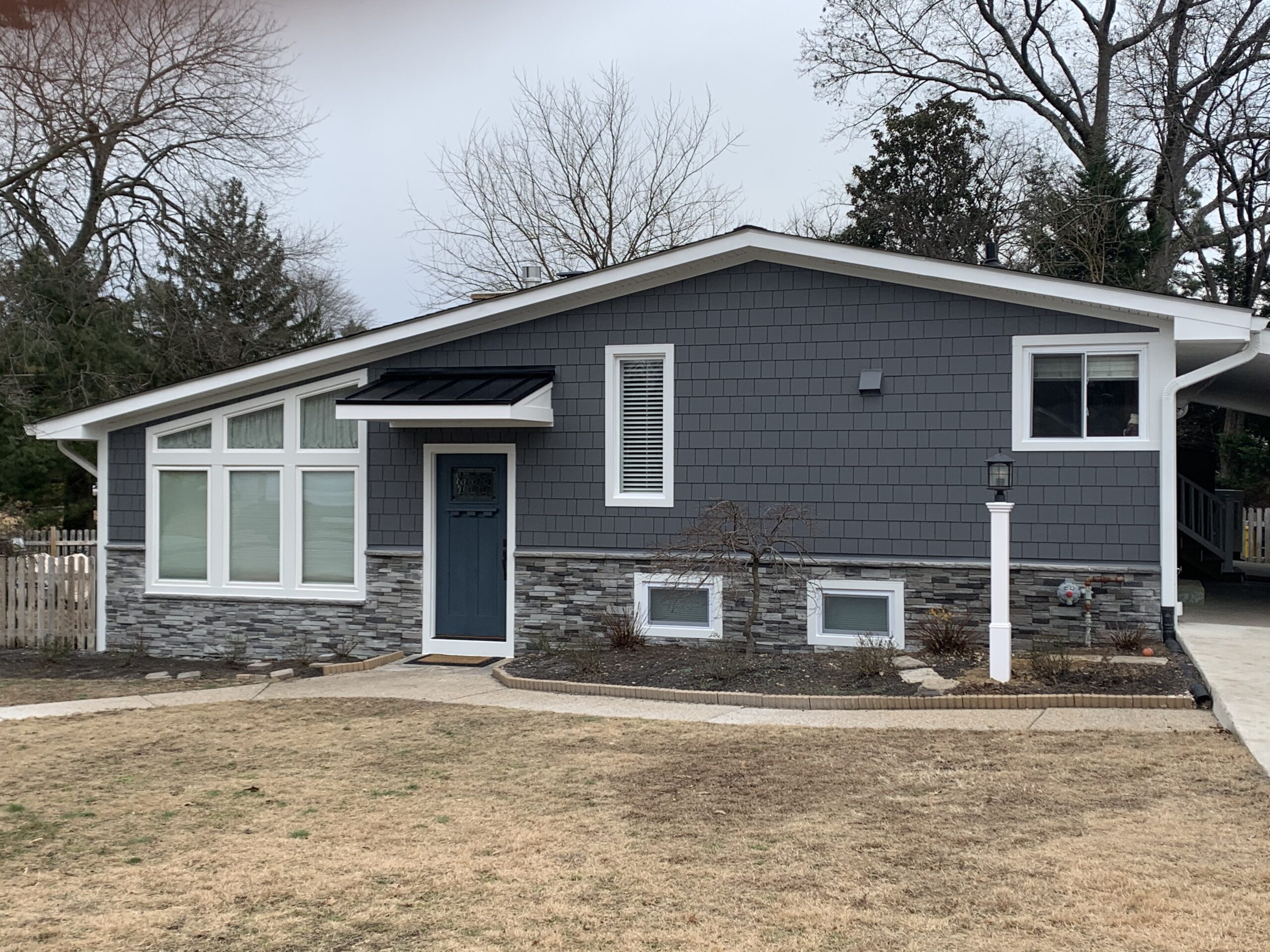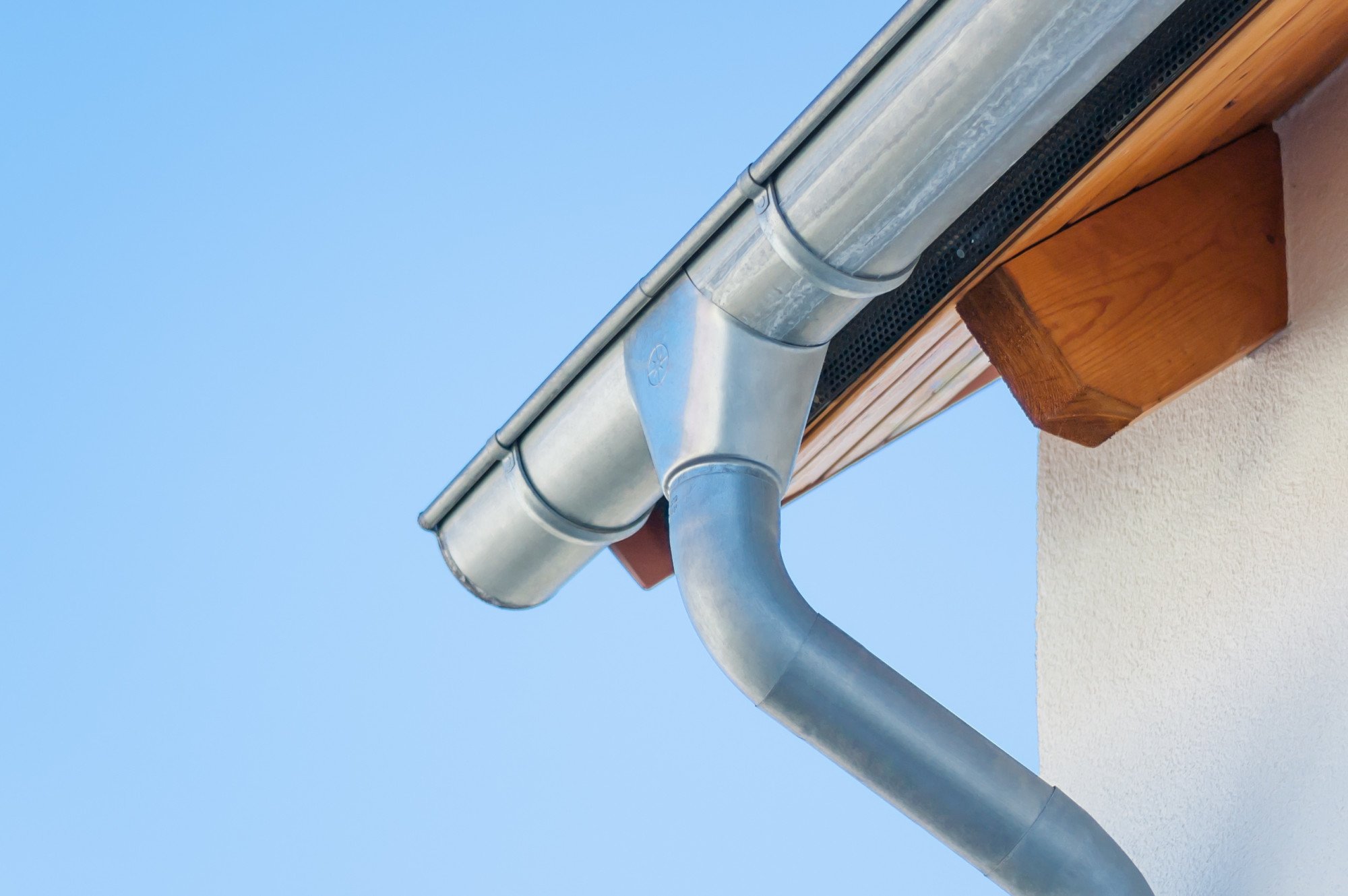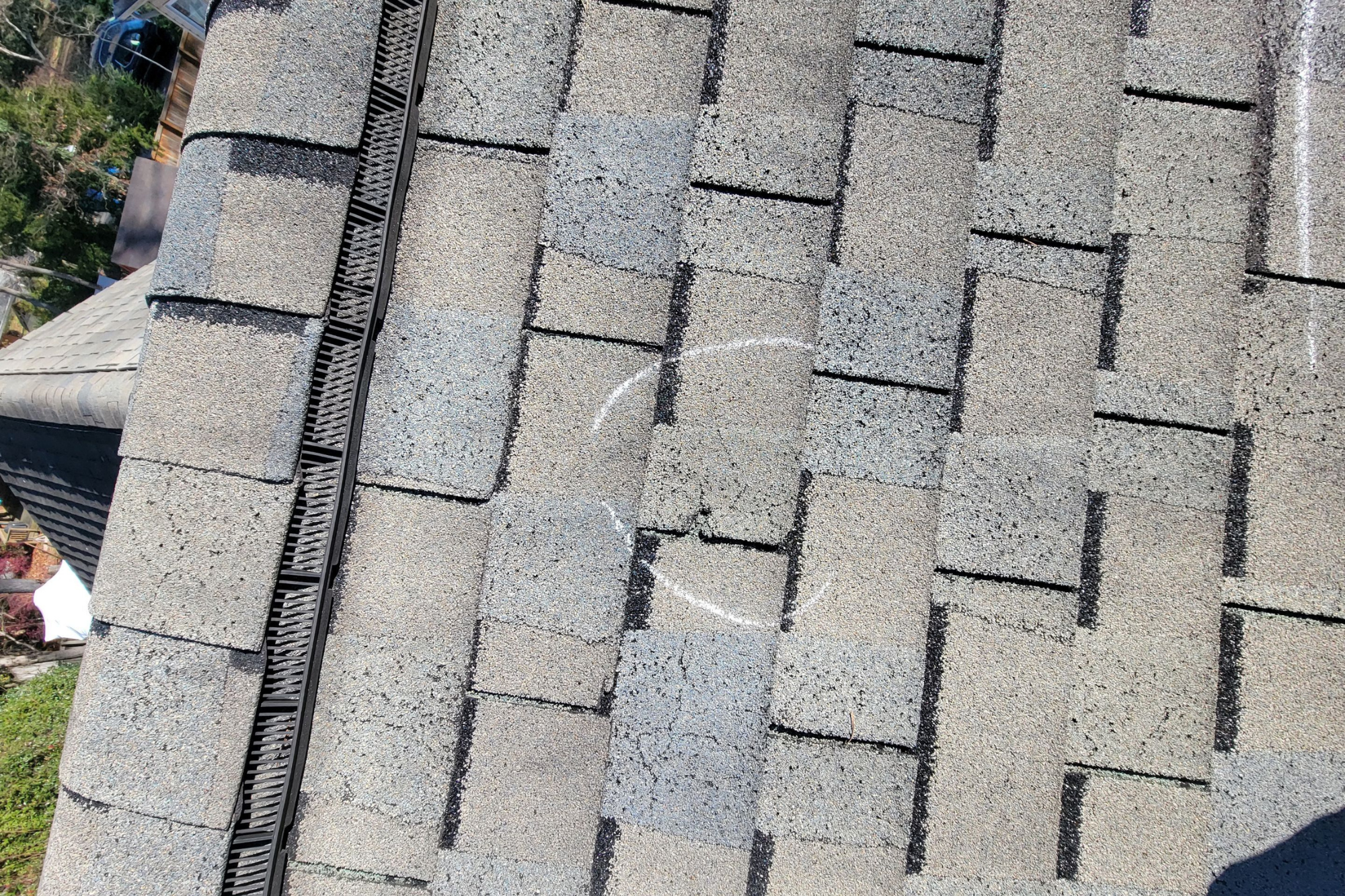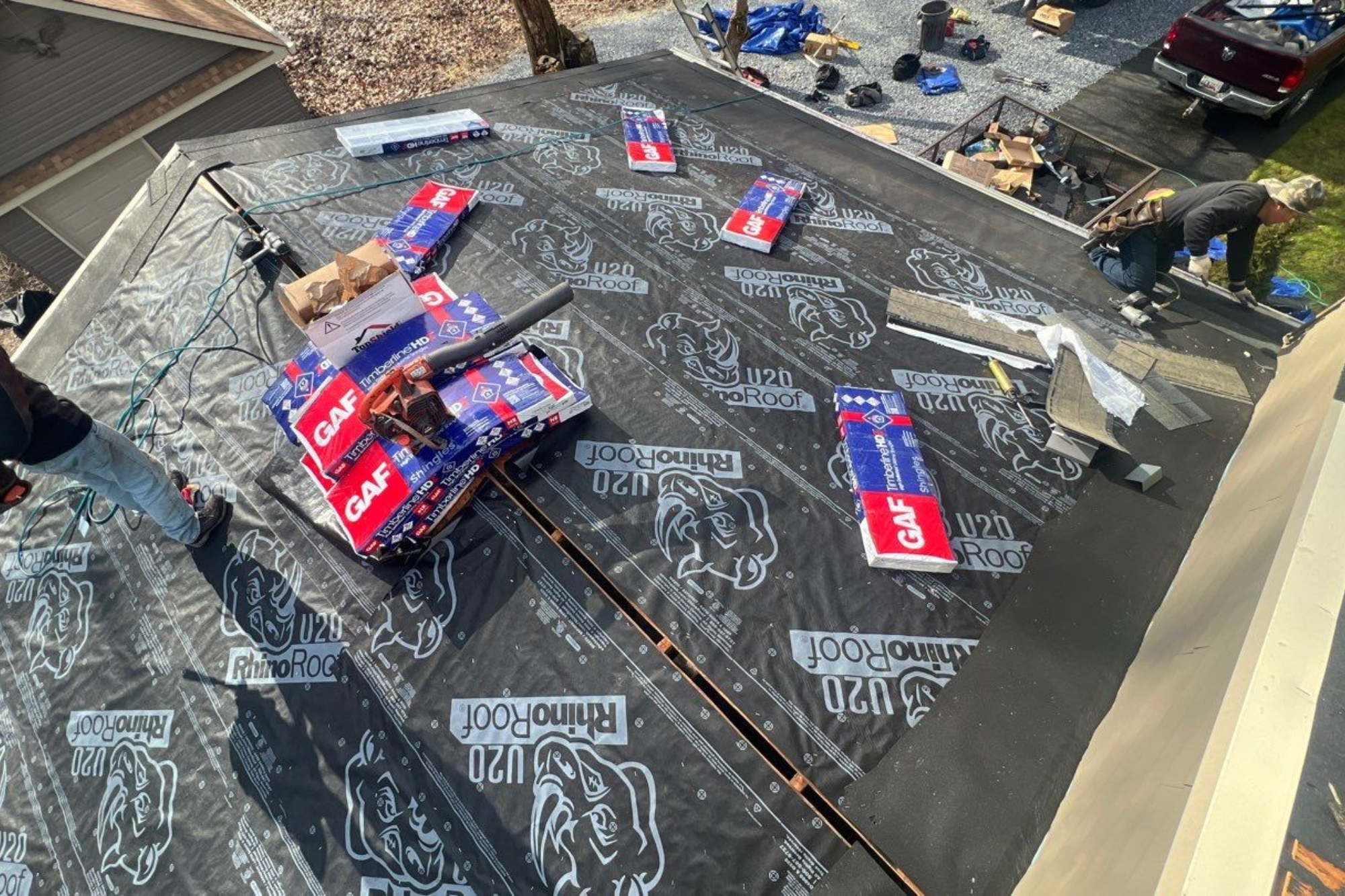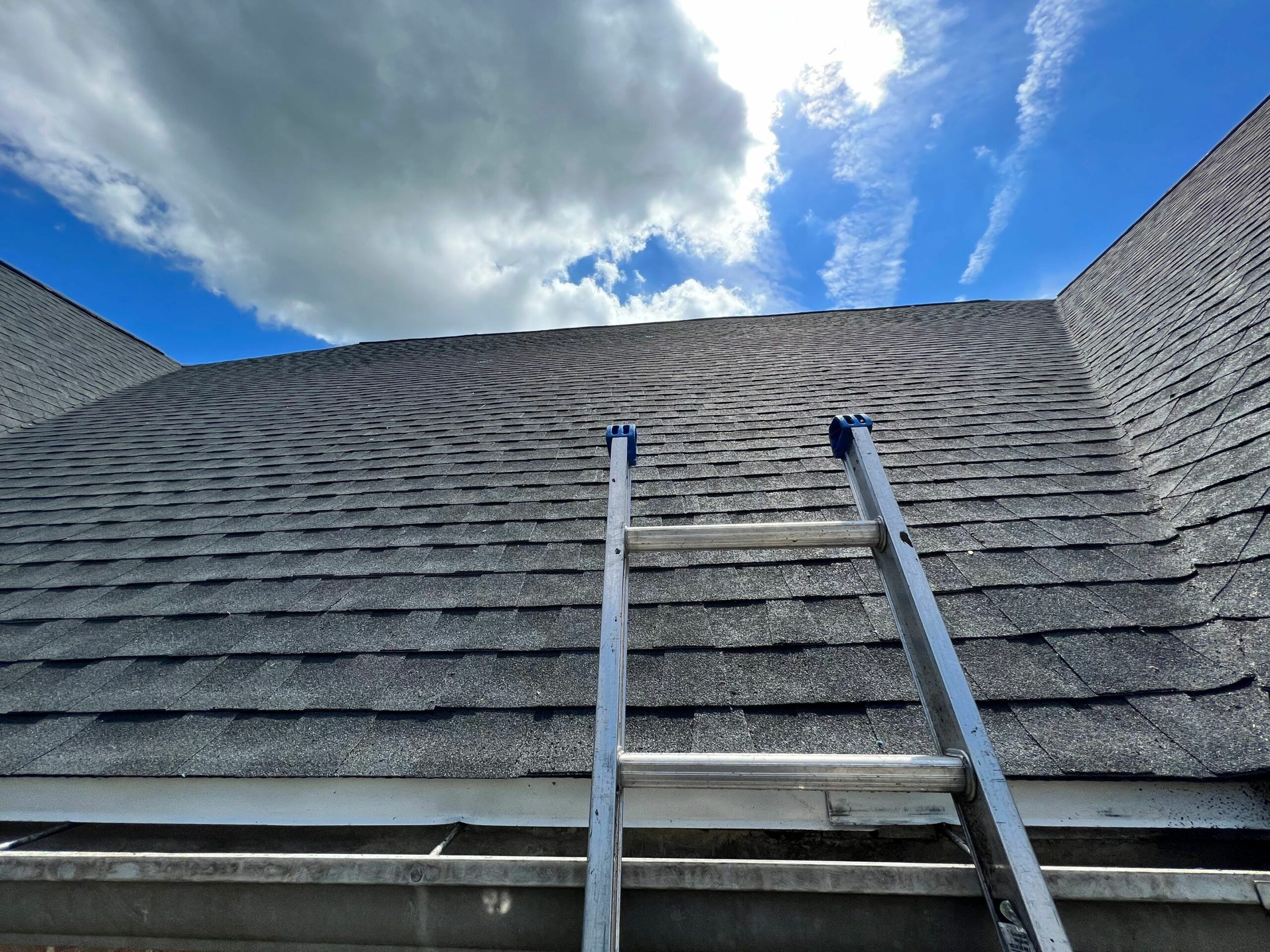Did you know that replacing your exterior siding can increase your home value? Whether you’re planning to sell soon or you just want to impress your neighbors, new siding isn’t such a bad thing.
While you may not always consider siding an important part of your home’s exterior, it helps protect your house from the elements, insects, animals, and other things that can cause chaos for a homeowner. That’s why you always want to be sure it’s in great shape.
Occasionally, you may notice a change in your siding that makes you think something is wrong. How can you be sure before updating your siding completely?
Keep reading to learn about the top 6 signs that prove you need to get a siding inspection right away.
1. Cracks or Rifts
If you take a look at your siding and see that there are clear holes or cracks, you need to get your siding checked as soon as possible. Not only is this unsightly to look at, but it can also impact the structural integrity of your home.
Gaps in the siding create an easy entry point for excess moisture to get into your framework, which will easily damage the wood. In addition to that, insects or even critters might be able to get into your home through larger gaps in the cracked siding.
If you notice that your siding looks damaged or worn out, it’s a sure sign that you need to call the pros for a siding inspection.
2. Higher Bills
Even if you don’t have clear exterior home repairs or obvious siding issues, you might still need to get a siding inspection.
Have you noticed that your heating or cooling bills have been higher than normal? Do you feel drafts in some parts of your home near the walls or windows that weren’t there before?
If you said yes, it’s very likely that you need new siding and new insulation in different parts of your home. This will help you eliminate those annoying drafts, be more comfortable in your home, and save money on your bills overall.
Keep in mind that not all siding materials are comparable, and some are better for general efficiency. You can talk to the pros about what your options are when it’s time for a replacement to see what works best for your home and budget.
3. Mold or Moisture
If you have noticed mold or moisture buildup on your home’s walls, you might automatically think that the moisture is coming from somewhere inside. Don’t be so quick to discount the possibility that it may be coming from your siding, however, and seeping all the way through the wall.
As soon as you see an issue like this in your home, you should immediately investigate outside to see if there is any sign of damage to your siding.
You may be able to quickly see whether moisture has gotten in, but even if you don’t, it’s a good idea to contact professionals regarding the situation. They’ll be able to tell you with certainty where the mold is coming from and work with you to figure out how to put a stop to it.
Your siding may need updating, or you might need to get more insulation added in this case.
4. Bulging or Warped Panels
Look at your siding closely from different angles. Can you see any bulging or areas that aren’t quite flat? If so, this is a sign that you might need to replace siding in areas that show damage.
This can happen over time as a result of exposure to the elements, and part of it also depends on the type of siding you have. Some siding materials are more vulnerable to these issues than others.
If it looks like you might have damage under the siding that you can’t even see, that means that you need someone to inspect the area closely to see how far the damage goes. In some cases, it may be a simple fix, but in others, you might need to replace a larger section of the exterior siding than you think.
New siding is a great way to update the look of your home, so having to make this replacement isn’t necessarily a bad thing! Remember that these things never last forever, so you don’t want to wait until the warping becomes actual damage to your home.
5. Lack of Maintenance
When you think about your siding, you might not really think about how well you’ve been maintaining it. Without prior knowledge, plenty of homeowners don’t know that they need to maintain their siding, let alone what that would look like in practice.
If your home has a high-maintenance siding on it, such as wood siding, and you haven’t been taking care of it, you’ll need to get the siding replaced relatively soon after installation.
High-maintenance siding options aren’t necessarily harder to care for, but they do take more effort.
There are siding types out there designed for people who don’t want to have as much maintenance because they don’t have the time or energy to keep up with it. If this sounds like something you’re interested in, talk with us at Landmark Roofing about your ideal siding options.
6. Noticeable Rot
As soon as you see rot on your siding, you should call the pros to get an inspection completed.
When siding starts to crumble from rot, it no longer is able to do its duty of protecting your home or insulation. Instead, it can actually end up creating more problems that might result in structural damage.
There are rot-resistant siding options available, but that doesn’t mean that they will always be able to keep out the rot. It’s up to you, as the homeowner, to spot signs of rot that means your siding is in jeopardy.
Get Your Exterior Siding Checked Today
Your exterior siding has a very important job: protecting your home and everything inside of it. When your siding is in bad shape, it won’t be able to do its job well, and your home may be at risk.
When you’re ready to get a siding inspection and make sure that your home has the stability it needs, let us help! Call 443-214-2533 or email the team at Landmark Roofing to learn more!
Contact Us
After starting his first business at age 26, Artie Hendricks partnered with his best friend Rob Calhan and they have assembled a team of skilled and conscientious friends to be the core of Landmark Roofing. He largely credits his father’s strong and consistent work ethic and his father’s best friend Jerry, who owns a construction company and trained him through his first building experiences. Artie has since advanced through degrees in architecture, auto-CAD and construction management to build a business that prides itself on the care it shows for its work and its customers’ satisfaction.

